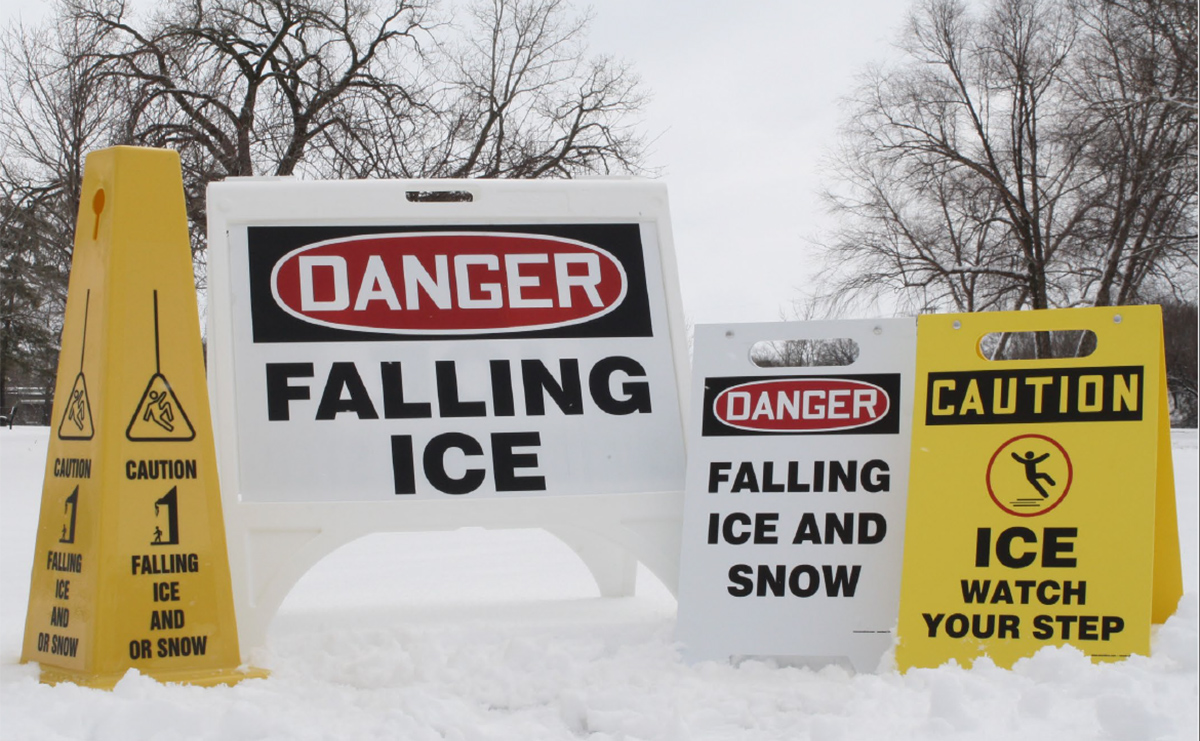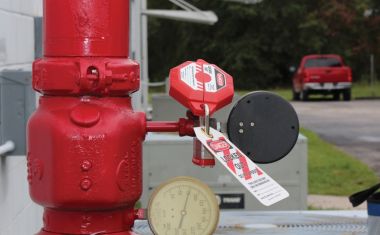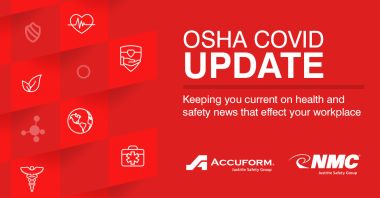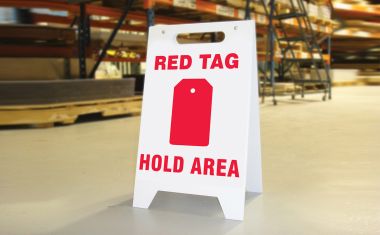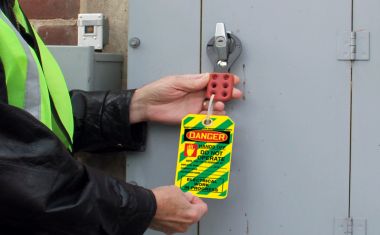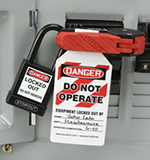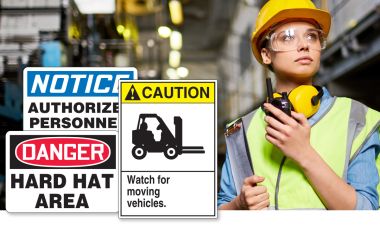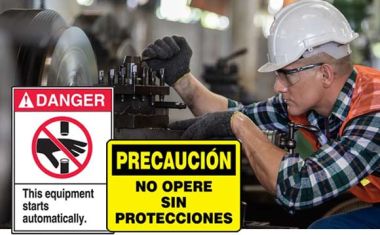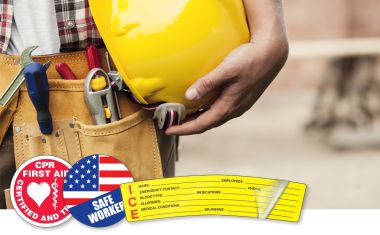6 NEW Dangers That Winter Weather Brings to the Workplace
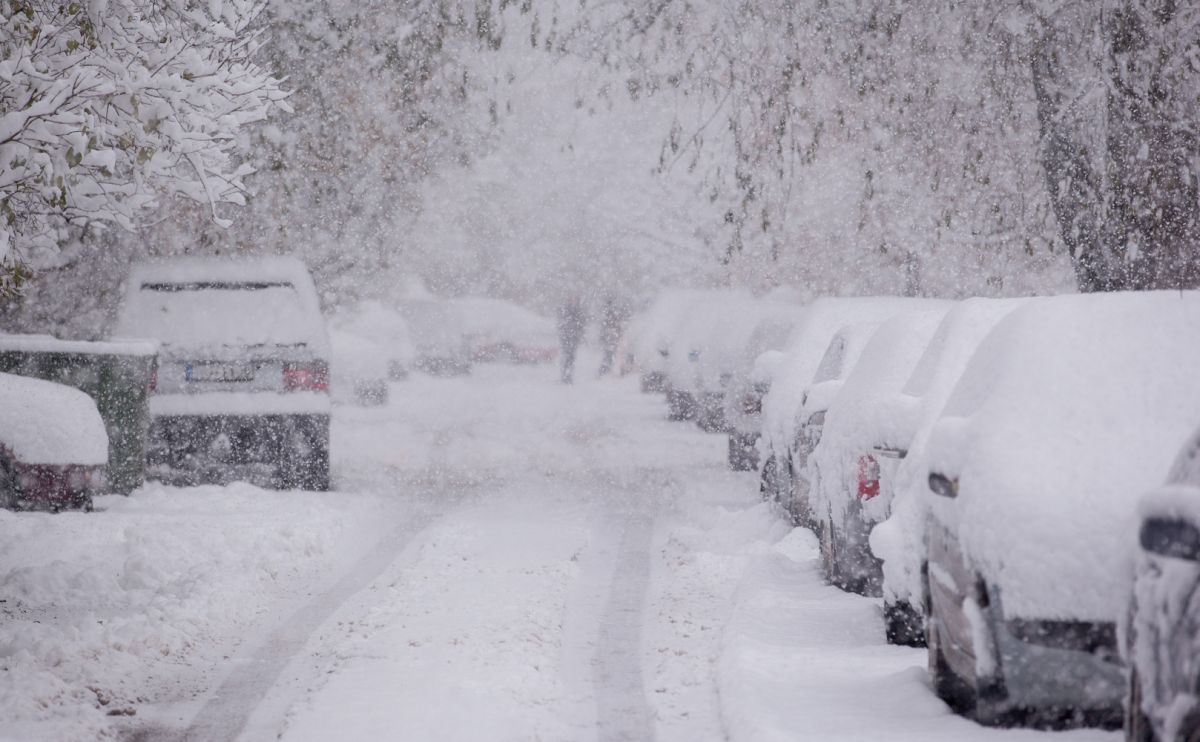
Winter weather is here, and it brings its own set of workplace dangers.
The nice cool temps of autumn and the bright colors of the foliage are passing. Winter is right around the corner, and that brings with it bitter cold, accumulating snow, and treacherous ice. That would be okay if we could all stay inside sipping a hot beverage by the fireplace, but we can’t. There’s work to be done, and, thanks to winter, there are new dangers on the job.
Winter brings a heavy dose of new dangers to deal with every day for those who work outside. But it doesn’t stop there. Even inside workplaces can have added hazards due to Jack Frost’s foul temper.
Is your business ready to tackle winter and keep your “accident-free” record going? Keep these 6 winter hazards in mind and take the appropriate measures to keep your people safe.
1) Ice can be hard to see
During the winter months, ice can form quickly on walking surfaces, and, many times, it can be nearly impossible to see. Slips and falls account for 300,000 serious injuries and 20,000 deaths a year, many due to snow and ice. This can mean your employees, customers, or even visitors to your workplace can get injured from hard to see ice.
It’s essential to identify areas that frequently become icy. Use signage to mark these areas anytime there’s even a threat of cold enough weather to create an ice patch. Alerting people to the hazard can go a long way towards minimizing those dangerous and expensive slips and falls.
Employees who frequently work at significant heights are at an added risk. Ladders, scaffolding, and roofs can quickly become slick or icy. Proper shoes and safety precautions such as harnesses are lifesavers during the winter months.
2) Ice can fall
All it takes is one storm with some rain or the dreaded “wintery mix,” and you can have large icicles and ice chunks forming all over the place. Follow that with a day or two of warmer weather, and those frozen formations become serious hazards.
Whether it’s out on a construction site working near cliffs or tall trees or simply the edge of your business roof, falling ice can cause injury to anyone who is in the wrong place at the wrong time.
Much like slippery ice, the key to falling ice is to let people know when they are in an area that could produce falling ice. You also want to provide the proper protective gear, such as hardhats, for anyone working in the area for an extended time. If possible, remove ice formations before they can fall and create a problem.
3) Dangerously Cold Temperatures
Depending on where you live and work, winter temperatures can drop to dangerously low extremes. Workers who spend a lot of time outdoors can be at risk for cold stress. Cold stress occurs when a person’s skin temperature is lowered significantly, leading to a drop in internal body temperature.
Some possible dangerous effects of cold stress can be hypothermia, frostbite, or trench foot. Believe it or not, it doesn’t have to be -20 degrees to cause trouble. Hypothermia can set in even at 40 degrees if the person is not adequately clothed.
Make sure your workers have proper cold-weather clothing for the jobs they are doing. Allow them time to warm up periodically in a warm environment like a shelter or vehicle.
Cold stress can also happen indoors if employees frequently work in freezers or coolers. Keep warm clothing nearby and test your doors periodically to ensure employees can open them from the inside.
4) Borderline Freezing Temperatures
While extremely cold temperatures pose a significant risk, many problems can occur when the temperature hovers right around the freezing mark. In bitterly cold weather, people are more likely to take precautions against the cold, but when the temperatures are in the 30s, they may not consider the risks.
Take precautions to let your workers know when it is or is not freezing outside. Posting signs or meters that provide that information can help them dress appropriately and know when they need to be on the ice lookout.
5) Icy Road Conditions
Icy roads are a common winter nightmare. Even careful drivers can lose control when the road gets slick with ice. Parking lots are no better, and bridges ice up even before the streets do.
If your business has a parking lot or roadways that your workers, customers, or visitors drive on, you need to have them marked for potential ice during the cold months. If you can, use salt or sand to keep the ice down. Pay special attention to bridges or areas where water drips or collects during warm days.
The inability to control or stop a one-ton or bigger vehicle is a recipe for disaster. Know where your icy spots can occur and take steps to minimize the potential for accidents.
6) Tracking Snow and Water Inside
While the majority of winter accidents occur outside, winter creates some issues inside as well. Think about your floors. All of that snow outside mixed with boots with extra-deep tread on them for traction means that people track snow inside. That snow soon becomes water that makes your floor very slippery.
Use absorbent rugs near doorways to help people get the snow and mud off of their shoes. You can even replace some of your floor signage with removable floor mats that provide the same messaging.
The last thing you need is a slip and fall because someone tracked in a little snow. Taking simple steps to reduce the threat could save you thousands of dollars and save someone else a lot of pain.
Work Must Go On
Just because winter has arrived and the weather can get a little dicey doesn’t mean anyone can close up shop and go home. People still go to work, even if they have to brave the weather to do it.
The best way to make winter another great season is to keep it safe. Avoid accidents that can damage morale and cost your company thousands of dollars. By knowing your winter weather hazards and taking the proper precautions, you’ll keep your “accident-free days” count going all the way to the first spring melt.
